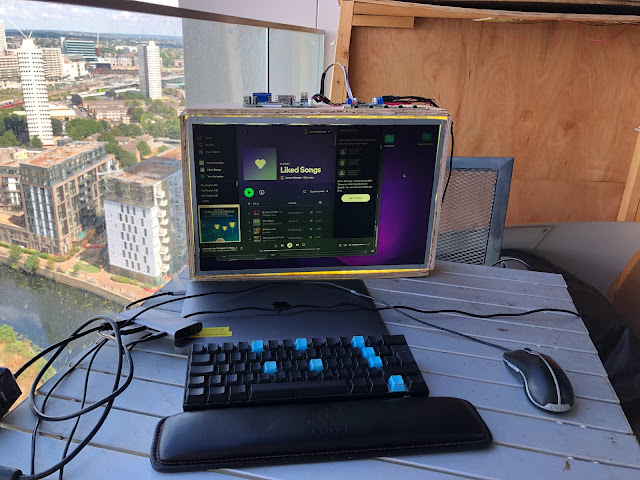Exploring development timing through building a simple trading game

Exploring development timing through building a simple trading game One of the things I have struggled with in the past is creating accurate estimates for how long projects will take to complete. This is clearly something that expands with experience but by better analysing where I am going wrong, I believe I can steepen my learning curve. What was the project? The project on which I chose to explore time estimations was a simple trading game. In the game users start with a little bit of cash; £100 and have the ability to post bids and offers on a single stock. The server would then run a matching algorithm that would match compatible bids and offers and give both users the average of the bid and offer prices. The price at which each trade is carried out is then reported to a graph on the webpage, these are polled. Where the idea came from The idea came from a long train of thought which started with a virtual races betting with some friends. I got annoyed because the odds weren...



